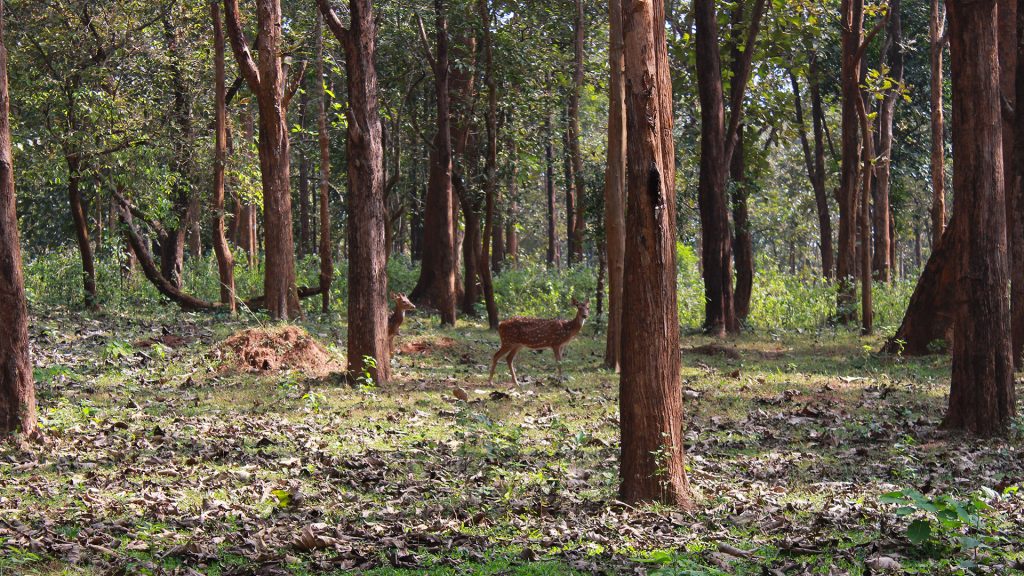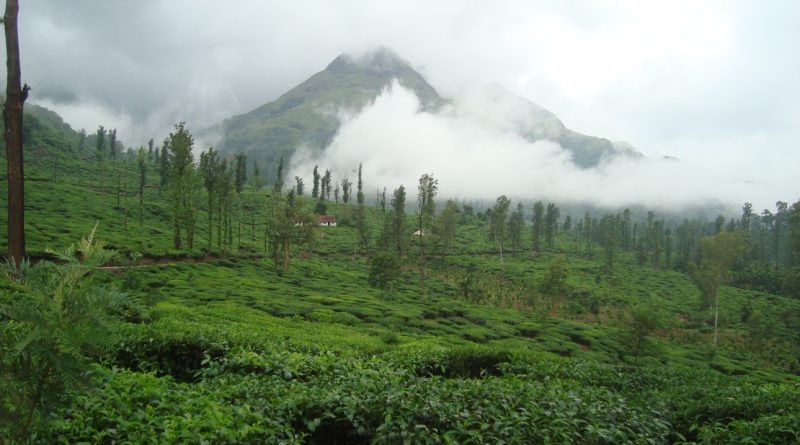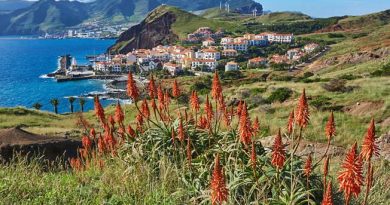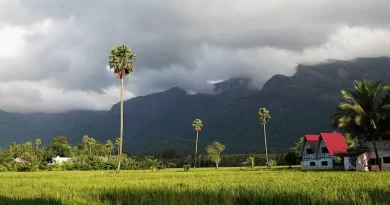Wayanad’s two-day tour plan
Wayanad two-day tour plan
Wayanad is a beautiful district in Kerala located in the northeastern part of the Indian state. Known for its scenic landscapes, lush greenery, and rich cultural heritage, Wayanad is a popular tourist destination. Here’s some information about Wayanad:
Share article with:
Day 1 - Edakkal Caves
Edakkal Caves is a unique and historically significant tourist attraction located in the Wayanad district of Kerala, India. These caves are renowned for their prehistoric rock art, which is believed to date back to at least 6,000 BCE. Here’s some information about Edakkal Caves:
Formation and Location: Edakkal Caves are natural rock formations formed by large boulders wedged between two other massive rocks. These rocks have created a cave-like structure with narrow openings. The caves are situated on Ambukutty Mala, a hill around 1,200 meters (3,937 feet) above sea level, in the Western Ghats.
Historical Significance: Edakkal Caves are known for their ancient rock engravings and petroglyphs, which depict human figures, animals, tools, and various symbols. These carvings provide valuable insights into the lives and activities of prehistoric civilizations that inhabited the region. The caves have been recognized as a protected archaeological site by the Archaeological Survey of India.
Exploration and Trekking: To reach the caves, visitors need to undertake a moderate trek uphill from the parking area. The trek offers scenic views of the surrounding landscape, including lush green forests, tea plantations, and the distant peaks of the Western Ghats. It takes approximately 45 minutes to 1 hour to reach the caves.
Cave Structure: The main cave at Edakkal is divided into two chambers, with a length of about 96 feet and a width of 22 feet. The walls of the chambers are adorned with various rock engravings. The interiors of the caves are not completely dark, as natural light filters through the openings, creating a mystical ambiance.
Interpretation Center: At the base of the hill, there is an Interpretation Center that provides information about the history, significance, and cultural context of the cave art. It offers insights into the lifestyle, tools, and beliefs of the ancient people who created these engravings.
Visiting Tips: It is advisable to wear comfortable footwear and carry drinking water during the trek to the caves. The area can get crowded, especially during weekends and holidays, so visiting early in the day or during weekdays can help avoid large crowds. Hiring a local guide can enhance the experience by providing additional information about the caves and their significance.
Visiting Edakkal Caves offers a unique chance to witness ancient rock art and delve into the rich cultural heritage of the region. It is an intriguing destination for history enthusiasts, nature lovers, and those seeking a memorable trekking experience.
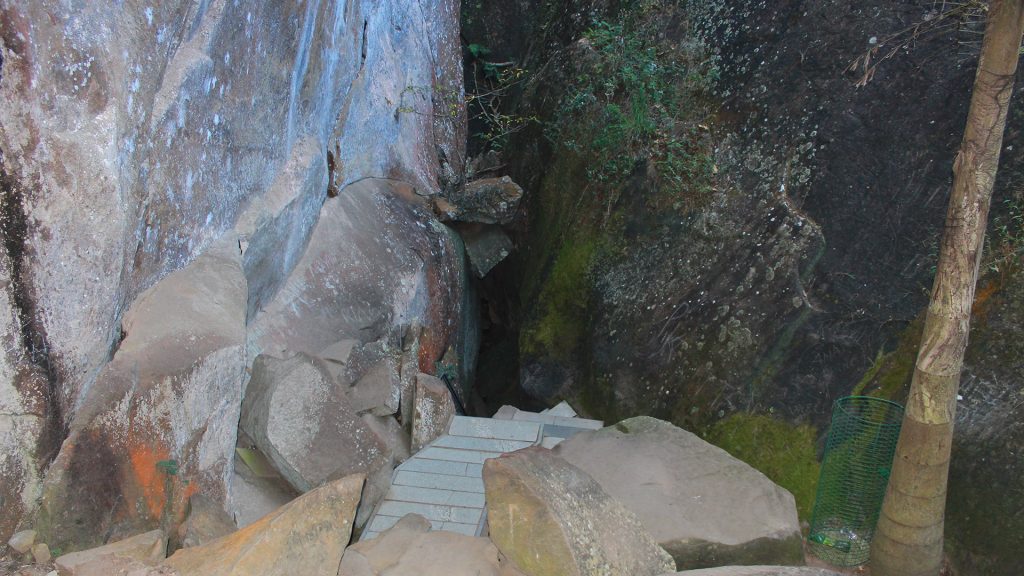
Soochipara Waterfalls
Soochipara Waterfalls, also known as Sentinel Rock Waterfalls, is a popular tourist attraction located in the Wayanad district of Kerala, India. It is situated in the Vellarimala range of the Western Ghats and is surrounded by dense forests, lush greenery, and scenic beauty.
Height and Formation: Soochipara Waterfalls is a three-tiered waterfall with a total height of approximately 200 meters (656 feet). The water cascades down from a rocky cliff and forms a pool at the bottom, which is ideal for swimming and bathing.
Accessibility: The waterfall is located around 22 kilometers (14 miles) from the town of Kalpetta and can be reached via a bumpy but scenic drive through narrow roads and tea plantations. From the parking area, visitors need to trek for about 2 kilometers (1.2 miles) to reach the waterfall.
Trekking and Nature Walks: The trekking path to Soochipara Waterfalls offers a refreshing experience for nature enthusiasts. The trail takes you through dense forests and provides opportunities to witness the diverse flora and fauna of the region.
Swimming and Bathing: The pool formed at the base of the waterfall is a popular spot for swimming and bathing. However, it is essential to exercise caution as the water currents can be strong during monsoon season or heavy rainfall.
Photography and Sightseeing: Soochipara Waterfalls provides breathtaking views and ample opportunities for photography. The lush green surroundings and the cascading water create a picturesque setting that attracts photographers and nature lovers.
Entry Fee and Timings: Visitors are required to pay a nominal entry fee to access the waterfall. The falls are open to the public from morning until evening, and it is advisable to check the timings before planning your visit.
Nearby Attractions: Wayanad has several other attractions in its vicinity, including Chembra Peak, Pookode Lake, Banasura Sagar Dam, and Edakkal Caves. These sites offer additional options for exploration and sightseeing during your visit to the region.
It’s worth noting that the availability of facilities such as restrooms, changing rooms, and food stalls may vary, so it’s advisable to carry essentials and check for updates before your visit. Additionally, maintaining cleanliness and respecting the natural surroundings are crucial to preserve the beauty of the waterfall and its ecosystem.

Day 2 - Kuruva Island
Kuruva Islands, also known as Kuruva Dweep, is a scenic river delta located in the Wayanad district of Kerala, India. It is a group of small, uninhabited islands formed by the Kabini River. Here’s some information about Kuruva Islands:
Location and Accessibility: Kuruva Islands are situated in the middle of the Kabini River, which flows through the Wayanad district. It is approximately 17 kilometers (10.5 miles) east of Mananthavady town. Visitors can reach the islands by hiring a boat from the nearest mainland point, which is around 2 kilometers (1.2 miles) away.
Biodiversity and Natural Beauty: Kuruva Islands are known for their rich biodiversity and picturesque landscapes. The islands are home to various species of flora and fauna, including rare orchids, bamboo groves, and different types of birds and butterflies. The dense vegetation, tranquil river streams, and the overall serene environment make it a haven for nature lovers.
Protected Area: Kuruva Islands are recognized as a protected river delta and are under the jurisdiction of the Kerala Forest Department. This is done to preserve the natural ecosystem and maintain the ecological balance of the islands. Visitors are required to follow the guidelines and regulations set by the authorities to ensure the conservation of the area.
Walking Trails and Bamboo Rafting: Kuruva Islands offer walking trails that allow visitors to explore the scenic beauty of the islands. There are designated pathways and bridges that lead to different parts of the islands, providing opportunities to immerse in the natural surroundings. Bamboo rafting is a popular activity, where visitors can enjoy a ride on bamboo rafts along the river streams, further enhancing the experience.
Picnic Spots and Leisure Activities: Kuruva Islands provide ample picnic spots with facilities for visitors to relax and enjoy the tranquility of the surroundings. The cool river waters offer opportunities for swimming and bathing, making it a refreshing getaway during hot summer months.
Entry Fee and Timings: Visitors are required to pay an entry fee to access Kuruva Islands. The islands have fixed visiting hours, typically from morning until evening. It is advisable to check the timings and plan your visit accordingly.
Responsible Tourism: As Kuruva Islands are a protected area, it is crucial to maintain cleanliness and respect the environment while visiting. Plastic and other non-biodegradable materials are strictly prohibited on the islands. Visitors are encouraged to follow eco-friendly practices and adhere to the guidelines to ensure the preservation of the natural habitat.
Kuruva Islands offer a unique experience of exploring a river delta and getting close to nature. The untouched beauty, abundant flora and fauna, and the peaceful ambiance make it an ideal destination for nature enthusiasts and those seeking a tranquil retreat amidst nature.
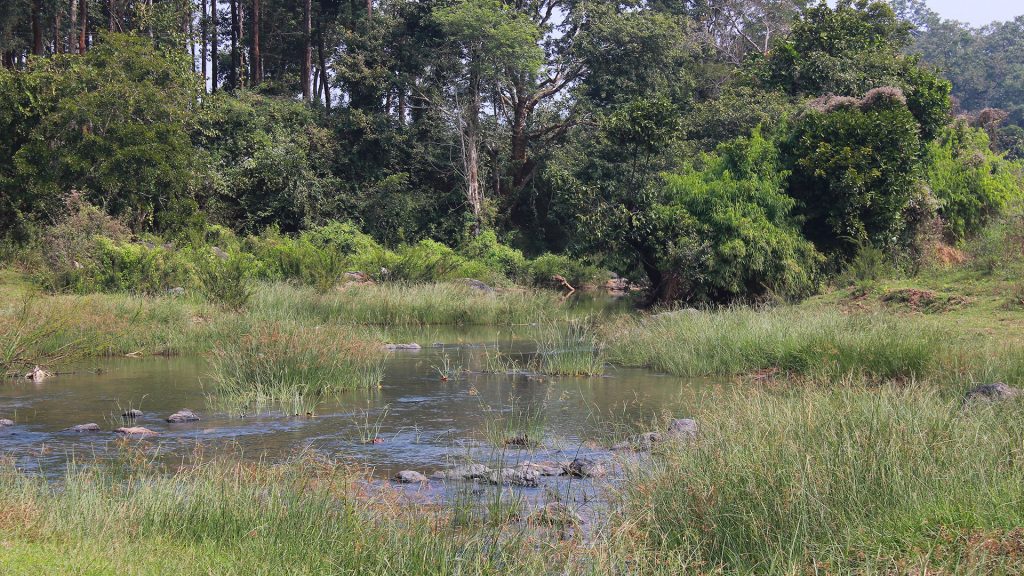
Wayanad Wildlife Sanctuary
Wayanad Wildlife Sanctuary is a prominent wildlife reserve located in the Wayanad district of Kerala, India. Nestled amidst the Western Ghats, it is a part of the Nilgiri Biosphere Reserve, which is a UNESCO World Heritage Site. Here’s some information about Wayanad Wildlife Sanctuary:
Location and Size: Wayanad Wildlife Sanctuary covers an area of approximately 344 square kilometers (133 square miles). It is situated in the northeastern part of Kerala, sharing borders with Karnataka and Tamil Nadu. The sanctuary is characterized by dense forests, rugged terrains, and diverse wildlife.
Flora and Fauna: The sanctuary is known for its rich biodiversity. It is home to a wide variety of flora and fauna, including endangered species. The vegetation in the sanctuary ranges from moist deciduous forests to evergreen forests. Some of the notable animal species found in the sanctuary are elephants, tigers, leopards, gaur (Indian bison), sambar deer, spotted deer, wild boar, and various species of monkeys. The sanctuary is also home to a significant bird population, with over 200 species recorded, including peafowls, jungle fowls, and several species of owls.
Wildlife Safari: Wayanad Wildlife Sanctuary offers wildlife safaris to explore the diverse flora and fauna of the region. Visitors can embark on jeep safaris or trekking trails accompanied by trained guides. The safaris provide opportunities to spot wildlife in their natural habitat and appreciate the beauty of the sanctuary.
Muthanga Range: The Muthanga Range is a popular entry point to the Wayanad Wildlife Sanctuary. It is located about 16 kilometers (10 miles) from Sulthan Bathery town. Visitors can take a safari through the Muthanga Range, which is known for its lush forests, grasslands, and water bodies.
Tholpetty Range: Tholpetty Range is another entry point to the Wayanad Wildlife Sanctuary. It is located about 20 kilometers (12 miles) from Thirunelli Temple. Similar to Muthanga Range, Tholpetty Range offers wildlife safaris where visitors can spot various animals and birds.
Nature Walks and Trekking: Wayanad Wildlife Sanctuary provides opportunities for nature walks and trekking trails. These activities allow visitors to explore the natural beauty of the sanctuary, spot birds and smaller wildlife, and appreciate the diverse flora. Treks to Chembra Peak, Banasura Hill, and Pakshipathalam are popular options for adventure enthusiasts.
Entry Fee and Timings: Visitors are required to pay an entry fee to access the sanctuary. The sanctuary has fixed timings for visitors, typically from morning until evening. It is advisable to check the timings and regulations before planning your visit.
Wayanad Wildlife Sanctuary offers a unique chance to experience the wilderness and witness the beauty of nature. It is an ideal destination for wildlife enthusiasts, nature lovers, and those seeking an adventurous experience in a serene environment.
